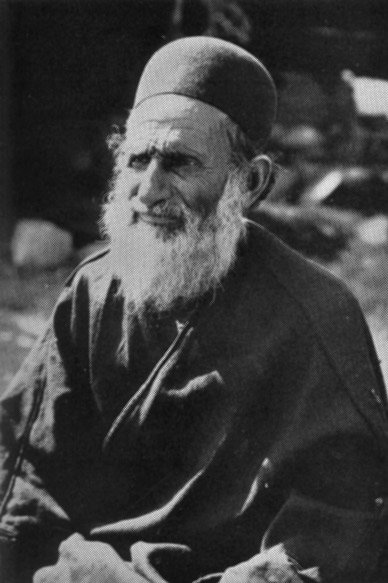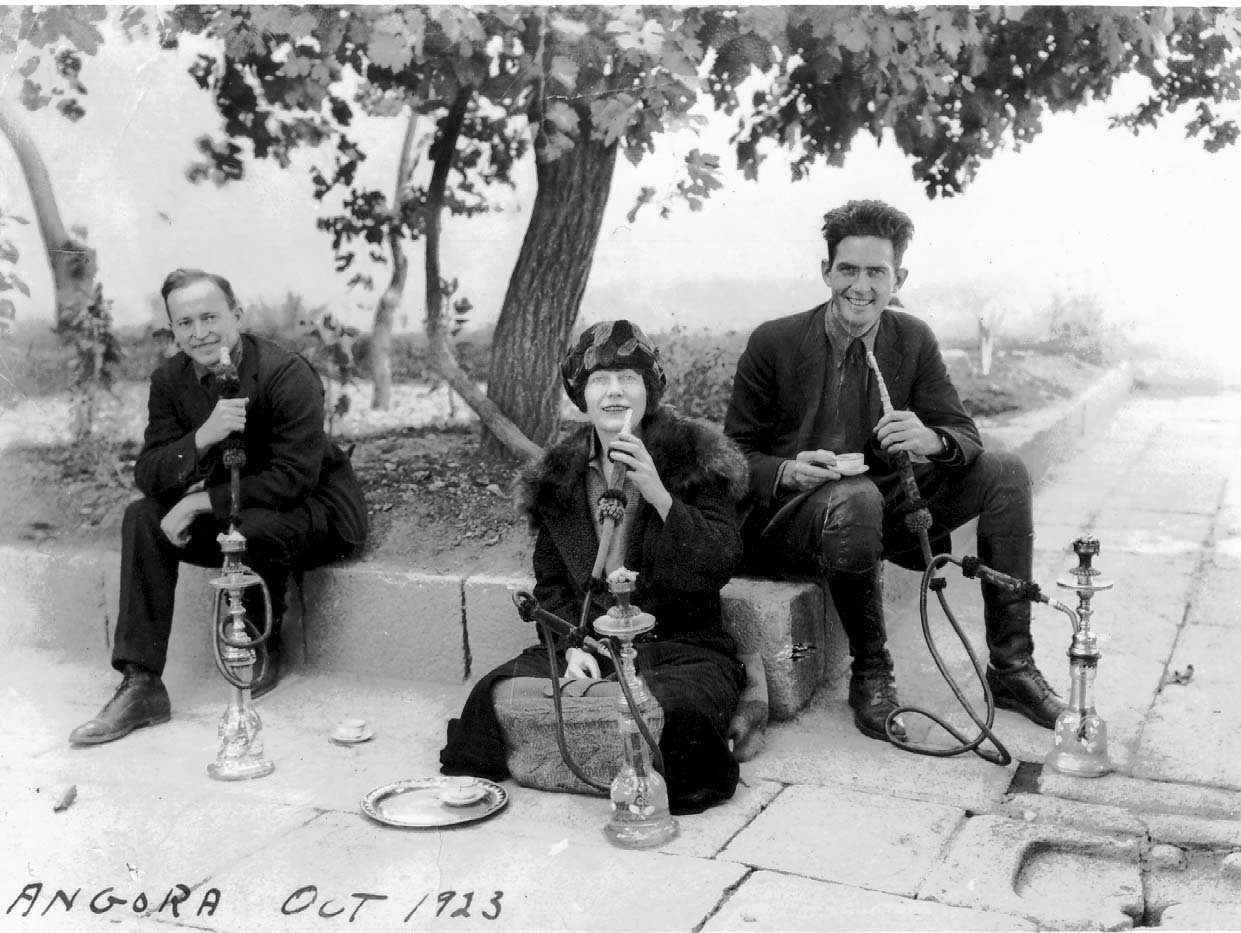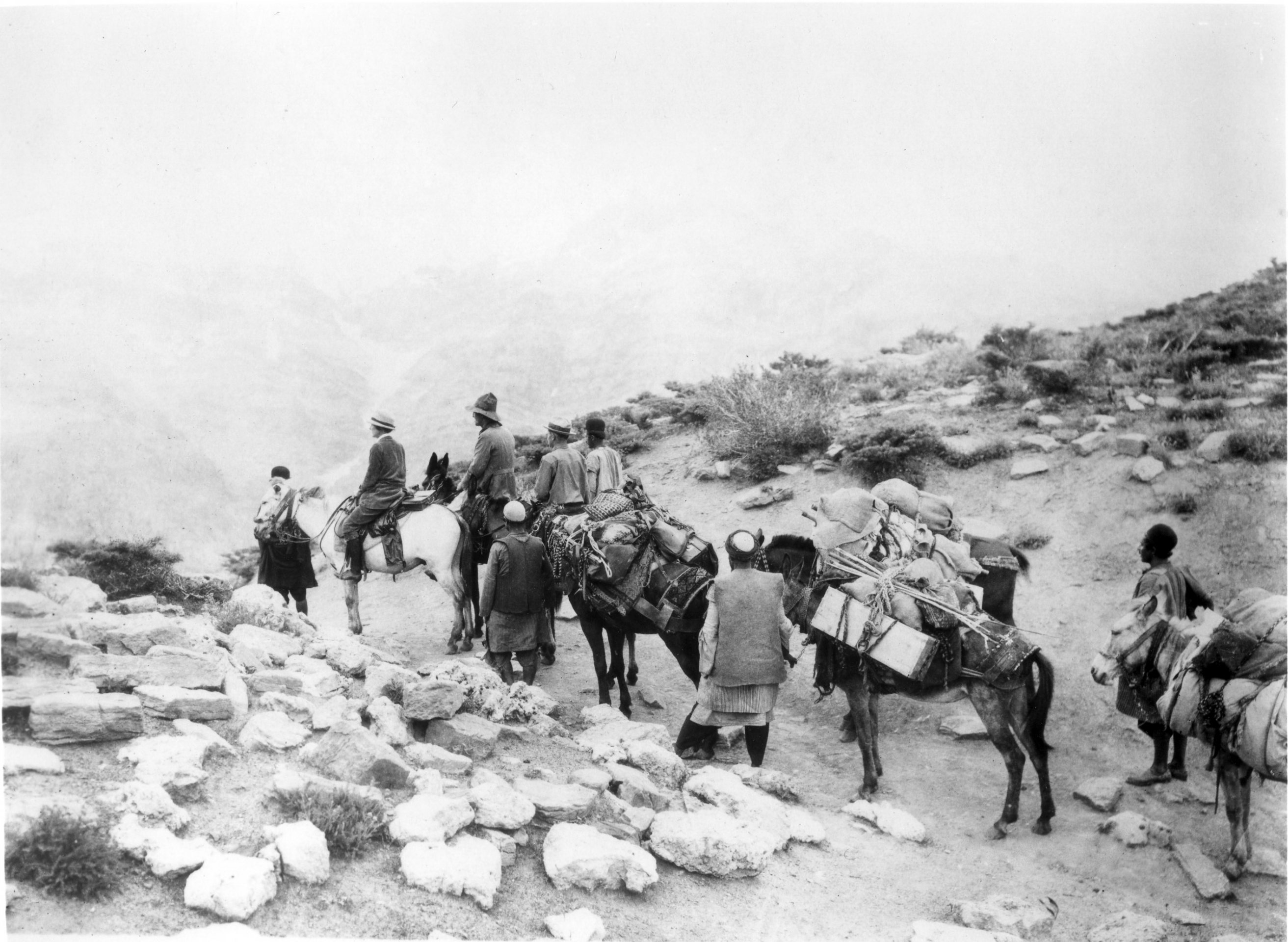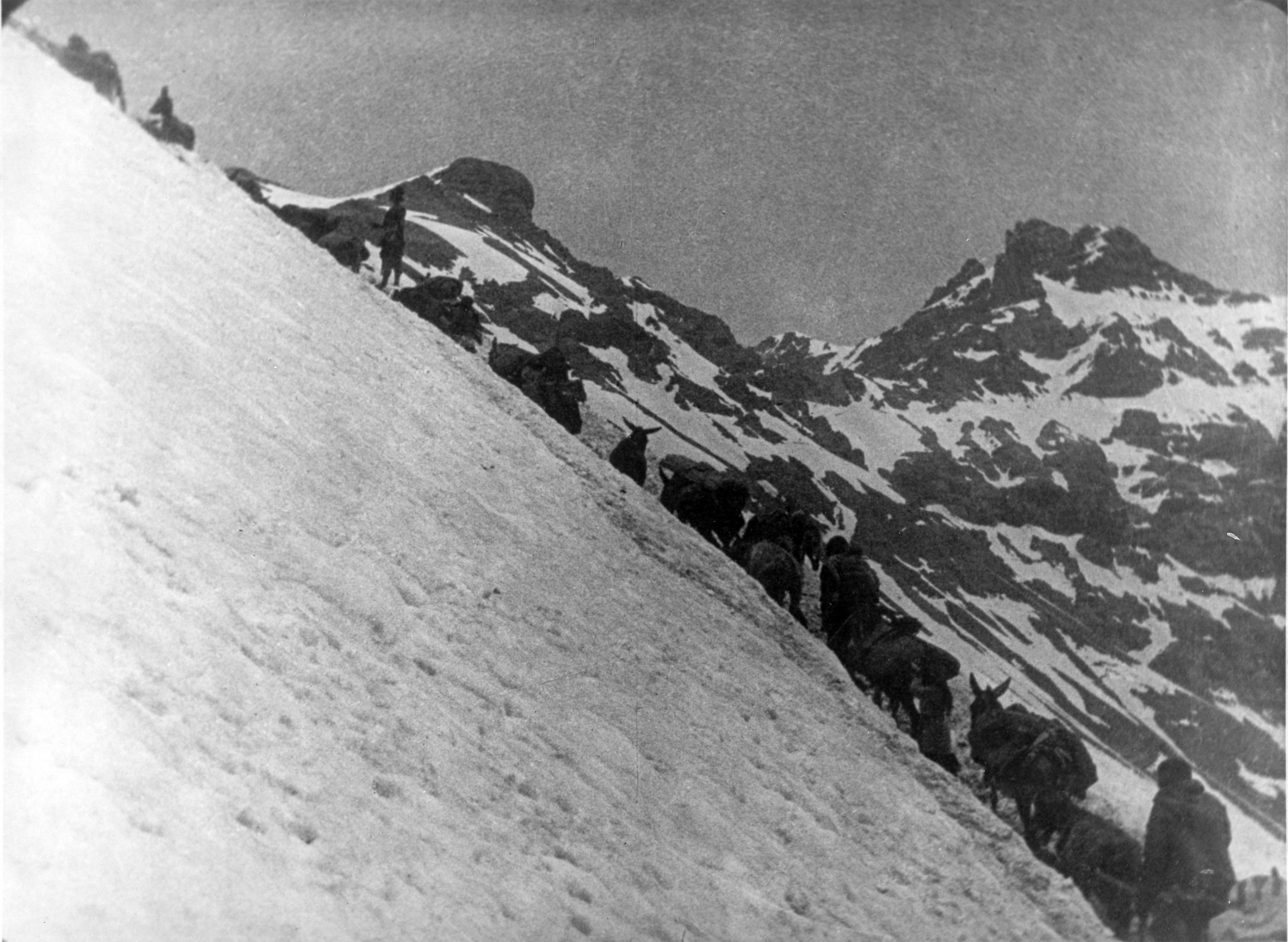
GRASS: A NATION’S BATTLE FOR LIFE
Grass: A Nation’s Battle for Life
(Famous Players Lasky, USA, 1925)
dir.: Merian C. Cooper, Ernest B. Schoedsack, Marguerite Harrison; script: Terry Ramsaye, Richard P. Carvey; photog.: Merian C. Cooper, Ernest B. Schoedsack
cast: Merian C. Cooper, Ernest B. Schoedsack, Marguerite Harrison, Haidar Khan
DCP, 66’; bw, tinted; intertitles: EN, subtitles: PL; source: Milestone Films
The Middle East in the spring of 1924, and the South Persian Bachtiar tribe is embarking on one of its two annual migrations to green pastures. Thousands of people and animals are about to head out on a trek lasting many days, the most difficult stages of which will involve crossing the Karun River and the Zard Kuh mountain range. They will be accompanied on this journey for the first time by three Americans and a camera.
A groundbreaking early documentary film and one of the first ethnographic films, this is an extraordinary testimony to the nomads’ way of life, a record of their journey and of man’s struggle with nature. The film also represents the first joint work of the future creators of King Kong (1933).
The film expedition was the idea of 31-year-old Merian C. Cooper, who as a child had dreamed of becoming an explorer. A pilot, and the founder and one of the commanders of the Kościuszko Squadron, he had been decorated with the Virtuti Militari order for his valour in the 1920 Polish-Soviet War. He was joined by camera operator Ernest B. Schoedsack – also known in Poland – and the journalist (and spy) who was co-financing the project, Marguerite Harrison. They set off on their journey with just a hand-cranked French Debrie camera, sixty kilometres of film and a loose outline of the script: the heroine (Harrison) would look for the “Forgotten People” of Asia, the wandering Bachtiari tribe that they had learned about on a journey through Baghdad.
Developed and edited by the filmmakers themselves, the film was first shown at the Explorers’ Club in New York as part of a lecture given by Cooper. Soon Paramount had bought the distribution rights – producer Jesse Lasky is thought to have seen it at a private screening – and some changes were made (including the initial shot with Cooper and Schoedsack which was added). Advertised as “artistic cinema”, the film premiered at New York’s Criterion cinema before it was put on general release, achieving financial success and garnering good reviews, also among explorers and travellers, much to Cooper’s delight. (KW)
introduction to the movie: Iga Harasimowicz
section: FOUR SIDES OF THE WORLD
music by: Krzysztof Kaliski
FRIDAY | October 22
20:00 | screening room: MAŁA CZARNA







